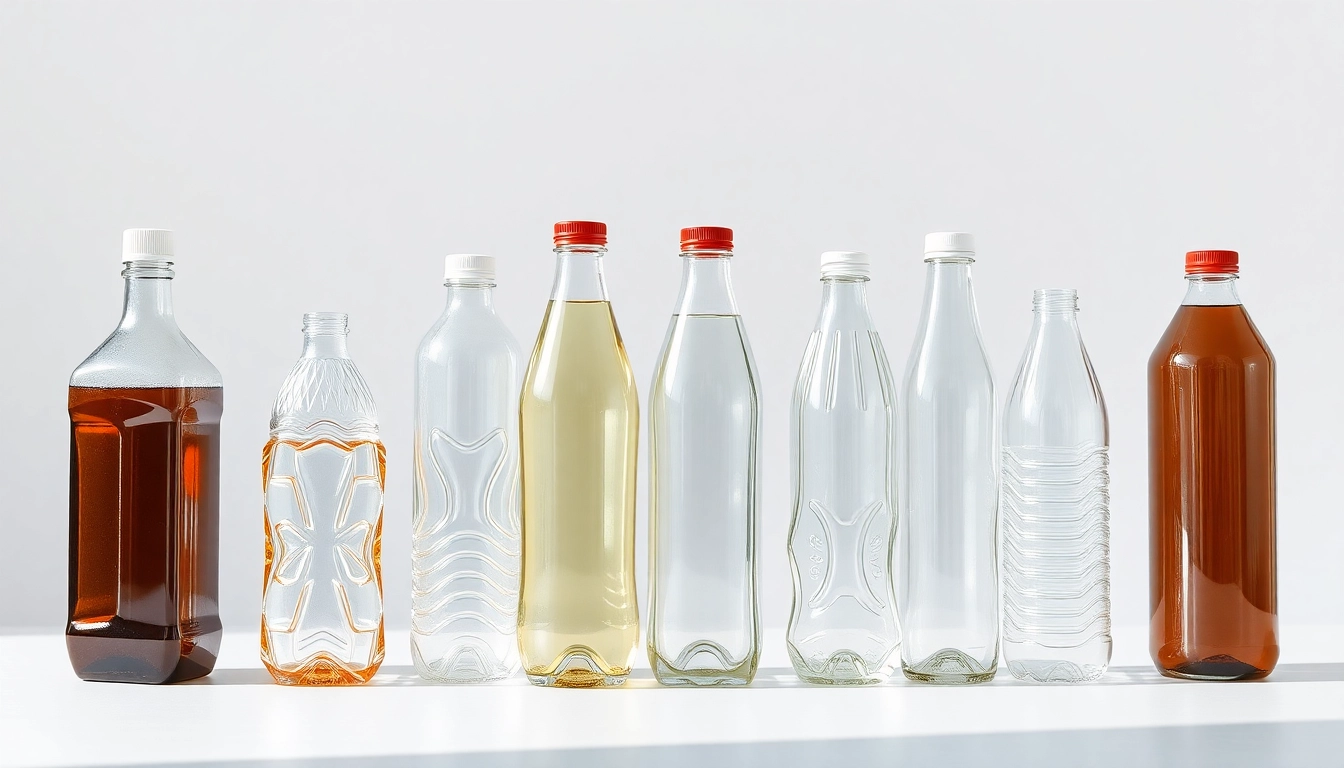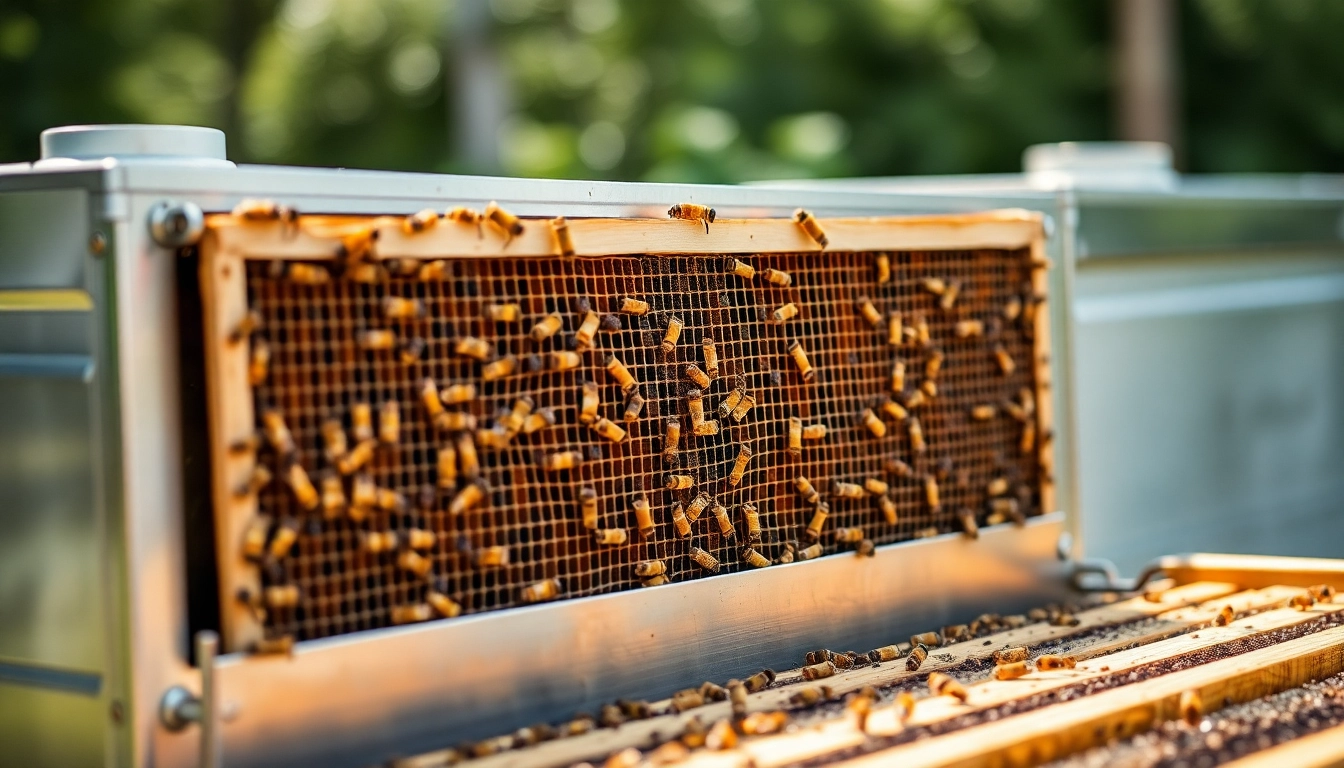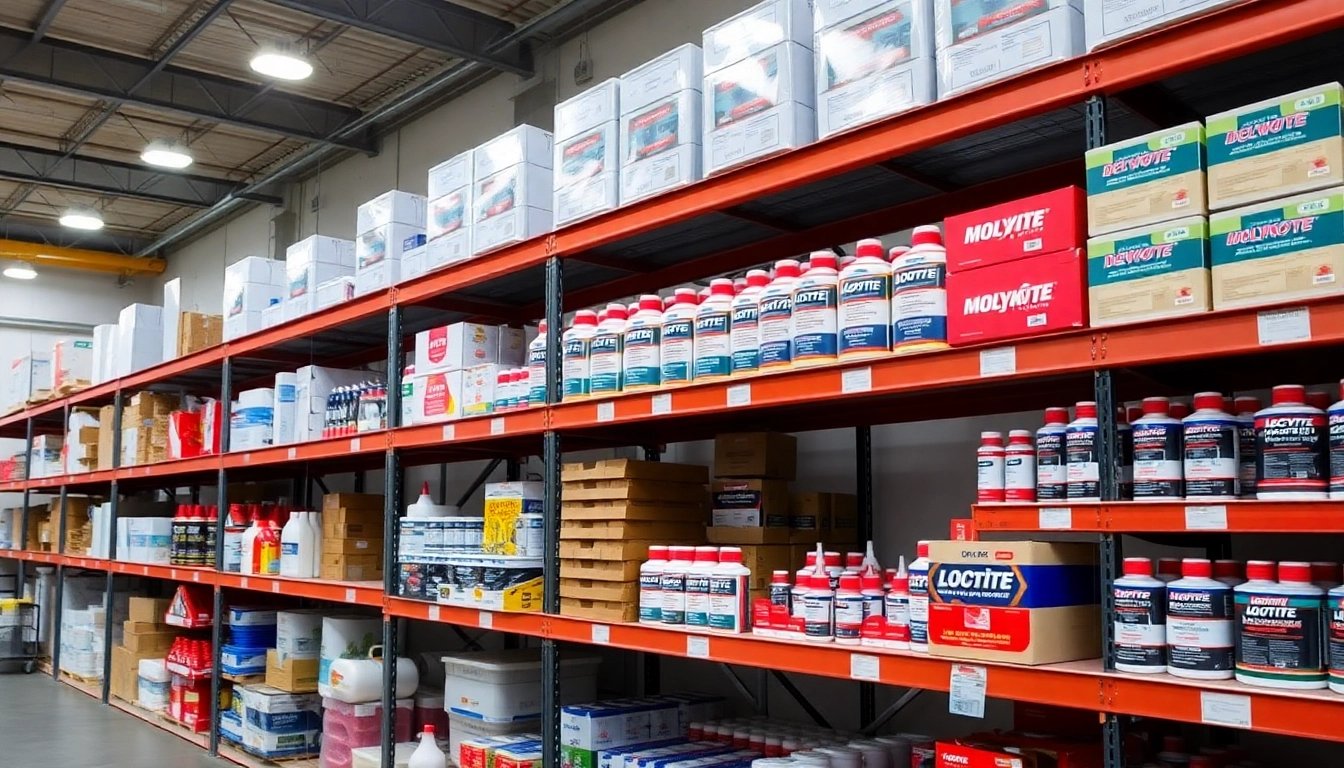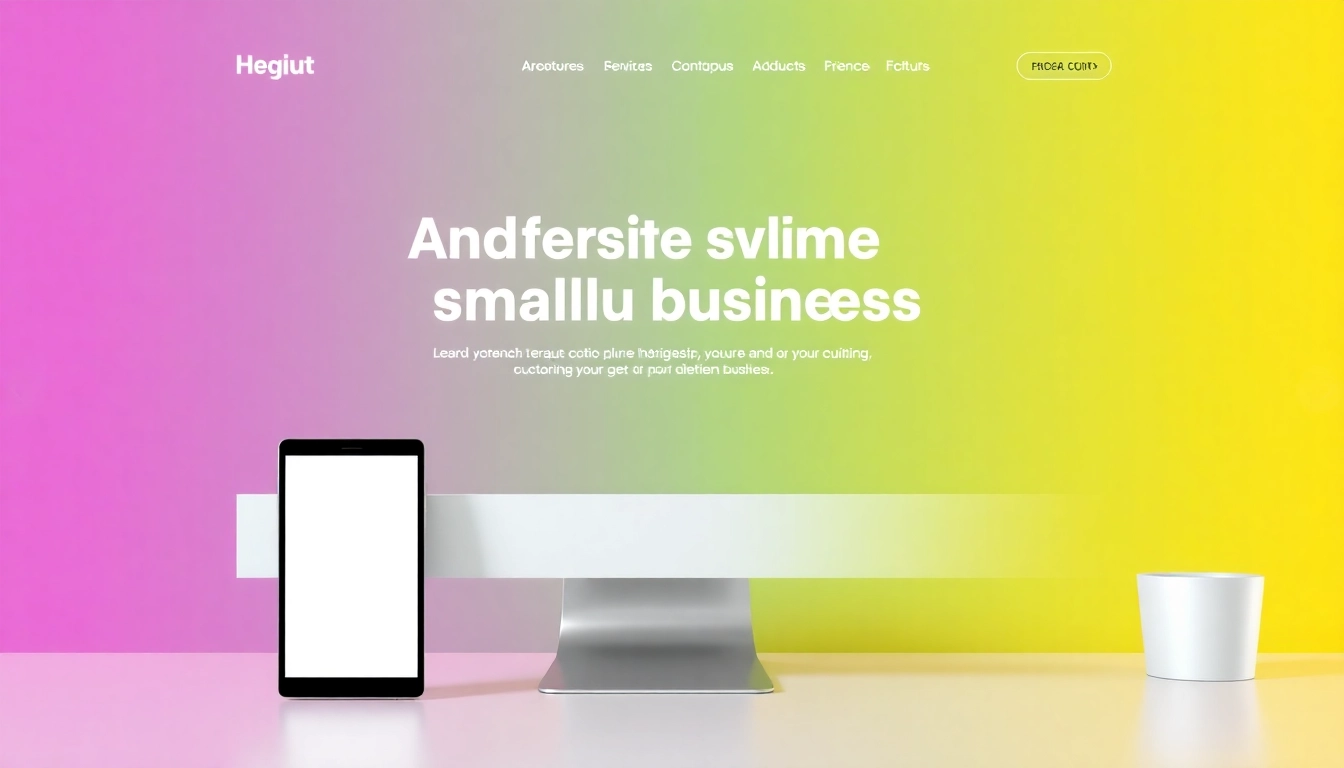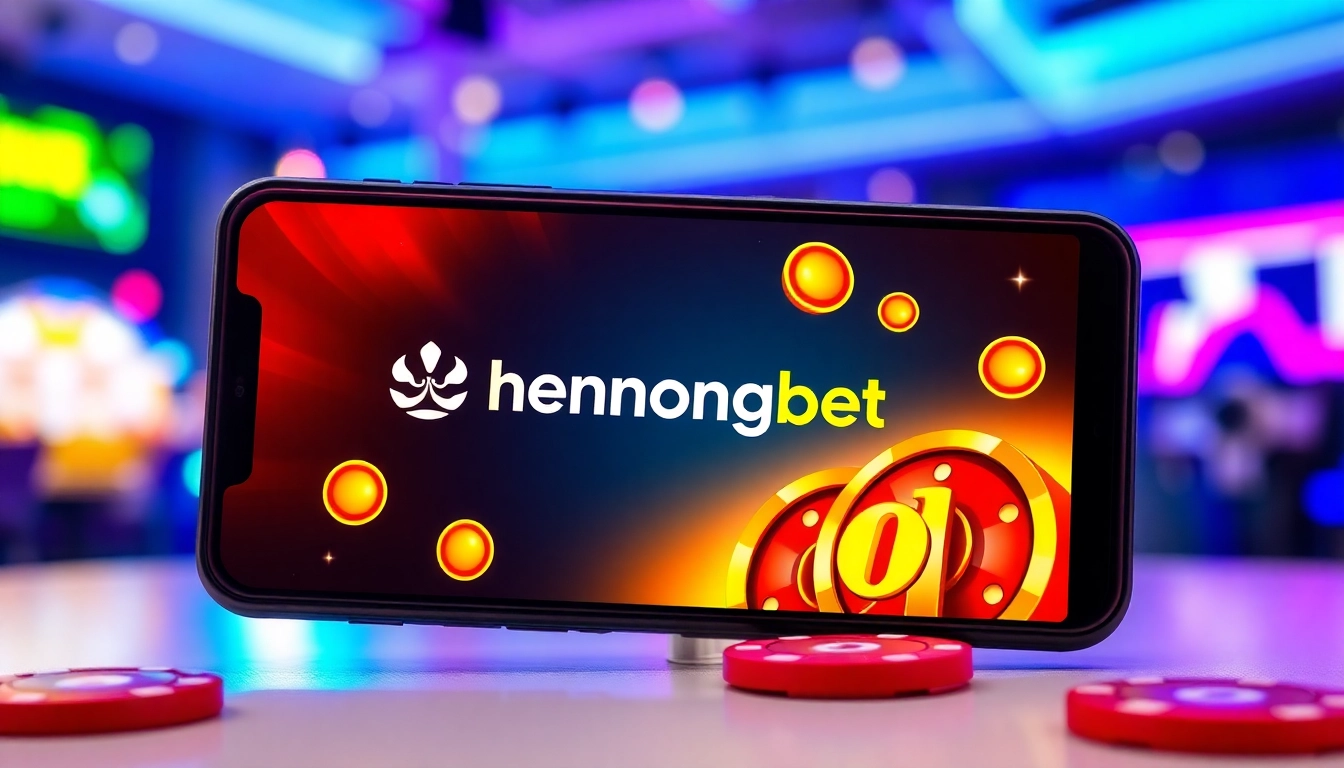Understanding Pet Şişe: Types, Materials, and Uses
What is a Pet Şişe? Overview and Composition
Pet şişe, a term derived from the Turkish abbreviation for Polyethylene Terephthalate (PET) bottles, refers to lightweight, durable plastic containers commonly used for packaging beverages, food, and various consumer products. These bottles are characterized by their transparency, resistance to impact, and ability to preserve contents effectively. Made primarily from PET plastic, these bottles have become an essential component of modern packaging due to their versatility and recyclability.
Polyethylene Terephthalate is a type of polyester polymer, classified under thermoplastic materials, which can be melted and reformed multiple times without significant degradation. This property enables efficient recycling and sustainability initiatives. PET bottles are produced through injection molding followed by blow molding, creating bottles that are both robust and cost-effective, suitable for mass production and diverse applications.
For more insights into PET and its applications, explore this detailed resource on pet şişe and its role in packaging industry innovations.
Different Types of Pet Şişe and Their Applications
Pet şişe comes in various shapes, sizes, and designs tailored for specific uses. Common types include:
- Standard Round Bottles: Widely used for water, soft drinks, and juices; designed for easy handling and manufacturing scalability.
- Kubbeli (Dome-shaped) Bottles: Often employed for mineral water and sparkling beverages, offering ergonomic grip and aesthetic appeal.
- Elmas (Diamond) Shaped Bottles: Popular in cosmetic and premium beverage markets, conveying luxury and elegance.
- Large Capacity Bottles (2L-5L): Suitable for bulk storage of water or industrial use, often with reinforced walls for durability.
Each type serves specific industry needs—from retail consumer products to industrial and commercial applications—highlighting the importance of selecting the right design for optimal brand positioning and product preservation.
Materials Used in Pet Şişe Production and Their Benefits
Primarily, PET resins are used for manufacturing pet şişe, offering multiple benefits such as:
- Safety and Food Grade Compliance: PET is non-toxic, BPA-free, and approved by global health authorities for food contact.
- Lightweight and Impact-resistant: Reducing transportation costs and minimizing breakage during handling.
- Recyclability: PET can be recycled multiple times, contributing to environmental sustainability.
- Transparency and Aesthetic Flexibility: Easy to print and customize, making it ideal for branding.
In addition to PET, other plastics like HDPE (High-Density Polyethylene) are used for specific applications requiring higher chemical resistance or different strength properties, but PET remains the industry standard for beverage bottles.
Manufacturing and Quality Standards of Pet Şişe
Production Processes for Durable and Safe Pet Şişe
The manufacture of pet şişe involves complex, high-precision processes to ensure safety, durability, and consistency. Key steps include:
- Polymer Production: Raw PET pellets are produced via polymerization of purified terephthalic acid and ethylene glycol.
- Preform Manufacturing: Pellets are melted and injection-molded into small preforms resembling test tubes, which contain the bottle’s neck and thread fitments.
- Blow Molding: Preforms are heated uniformly and blown into molds to form the final bottle shape, with wall thickness and structural integrity tightly controlled.
- Quality Control: Bottles undergo inspection for defects, dimensions, and strength testing to ensure compliance with safety standards.
This multi-stage process emphasizes precision to meet the high standards required of food-grade containers, including resistance to deformation, oxygen permeability, and chemical safety.
Regulations and Quality Certifications to Consider
Manufacturers must adhere to strict national and international standards, such as:
- Food and Drug Administration (FDA) compliance for food contact materials
- European Food Safety Authority (EFSA) regulations
- ISO 9001 Quality Management Certification
- ISO 22000 Food Safety Management Certification
- REACH compliance for chemical safety in the European Union
These certifications verify that the pet şişe production process maintains high safety, environmental, and quality standards, assuring consumers of product integrity.
Customization and Design of Pet Şişe for Branding
How to Customize Pet Şişe for Your Brand Identity
Customizing pet şişe involves innovative design solutions to enhance brand recognition and market appeal. Techniques include:
- Silk-screen Printing: Applying logos, slogans, and graphics directly onto the bottle surface.
- Labeling and Shrink Sleeves: Using adhesive labels or shrink sleeves for detailed artwork and multi-color branding.
- Unique Bottle Shapes: Designing ergonomic or distinctive forms that stand out on shelves.
Moreover, integrating eco-friendly messaging and bold visuals can significantly enhance consumer engagement and loyalty.
Design Trends and Packaging Solutions
Recent trends focus on sustainability, minimalism, and user convenience:
- Clear and matte finishes to reflect eco-consciousness
- Smart bottles with QR codes for interactive marketing
- Reusable and refillable designs to promote environmental responsibility
Innovative packaging solutions, such as lightweight bottles or those with ergonomic grips, improve usability and supply chain efficiencies.
Advantages of Custom Pet Şişe in Market Competition
Customized pet şişe can give brands a competitive edge by:
- Enhancing product differentiation
- Boosting brand visibility and recall
- Allowing targeted marketing strategies
Such branding strategies not only increase consumer perception of quality but also create stronger emotional connections, ultimately leading to increased sales.
Recycling and Environmental Impact of Pet Şişe
Recycling Codes and Proper Disposal of Pet Şişe
Understanding recycling codes is crucial for environmental sustainability. PET bottles are labeled with a number 1 inside a recycling triangle, indicating their recyclable nature. Proper disposal involves:
- Rinsing bottles to remove residues
- Removing caps and labels where possible
- Sorting with other recyclables for collection
Effective recycling processes include collection, cleaning, pelletizing, and remanufacturing into new products, closing the loop in plastic usage.
Environmental Benefits of Using Recycled Pet Şişe
Recycling PET reduces the demand for virgin resin, decreases landfill accumulation, and conserves energy. Recycled PET, or rPET, is increasingly used in manufacturing new bottles, textiles, and packaging materials, significantly lowering carbon footprints.
In organizations striving for sustainability, leveraging recycled pet şişe aligns with eco-friendly policies and consumer expectations for green practices.
Global Efforts and Innovations in Plastic Recycling
International collaborations focus on advancing recycling technology, such as chemical recycling methods that break down PET into its monomers for near-original quality reuse. Innovative initiatives include:
- Development of biodegradable PET alternatives
- Establishment of extensive recycling networks
- Incentives and regulations promoting producer responsibility
These efforts aim to create a more sustainable lifecycle for pet şişe, reducing environmental impact worldwide.
Buying Guide: Choosing the Right Pet Şişe Supplier
Factors to Consider When Selecting a Pet Şişe Manufacturer
When selecting a supplier, key factors include:
- Production capacity and lead times
- Quality certifications and compliance standards
- Customization capabilities
- Pricing and cost efficiency
- Environmental sustainability practices
Engaging with reputable suppliers like tekinplastik ensures product quality, adherence to regulations, and reliable service.
Price Ranges and Cost-Effective Solutions
Prices for pet şişe vary based on size, design complexity, order volume, and material specifications. Bulk purchasing often yields significant discounts, with prices ranging approximately from 4.64 TL to 7.65 TL per unit for standard sizes. For industrial or custom products, prices are negotiated based on specifications and order scale.
Opting for local manufacturers with proven quality records minimizes logistics costs and enhances supply chain stability, making it a smart choice for budget-conscious brands seeking high-quality products.
Case Studies of Successful Pet Şişe Partnerships
Many brands have thrived by collaborating with experienced manufacturers. For instance, a regional bottled water company increased market share by customizing their bottles with eco-friendly labels and ergonomic designs, resulting in heightened consumer appeal and brand differentiation. Such partnerships focus on innovation, quality assurance, and sustainability, generating measurable growth and brand loyalty.
